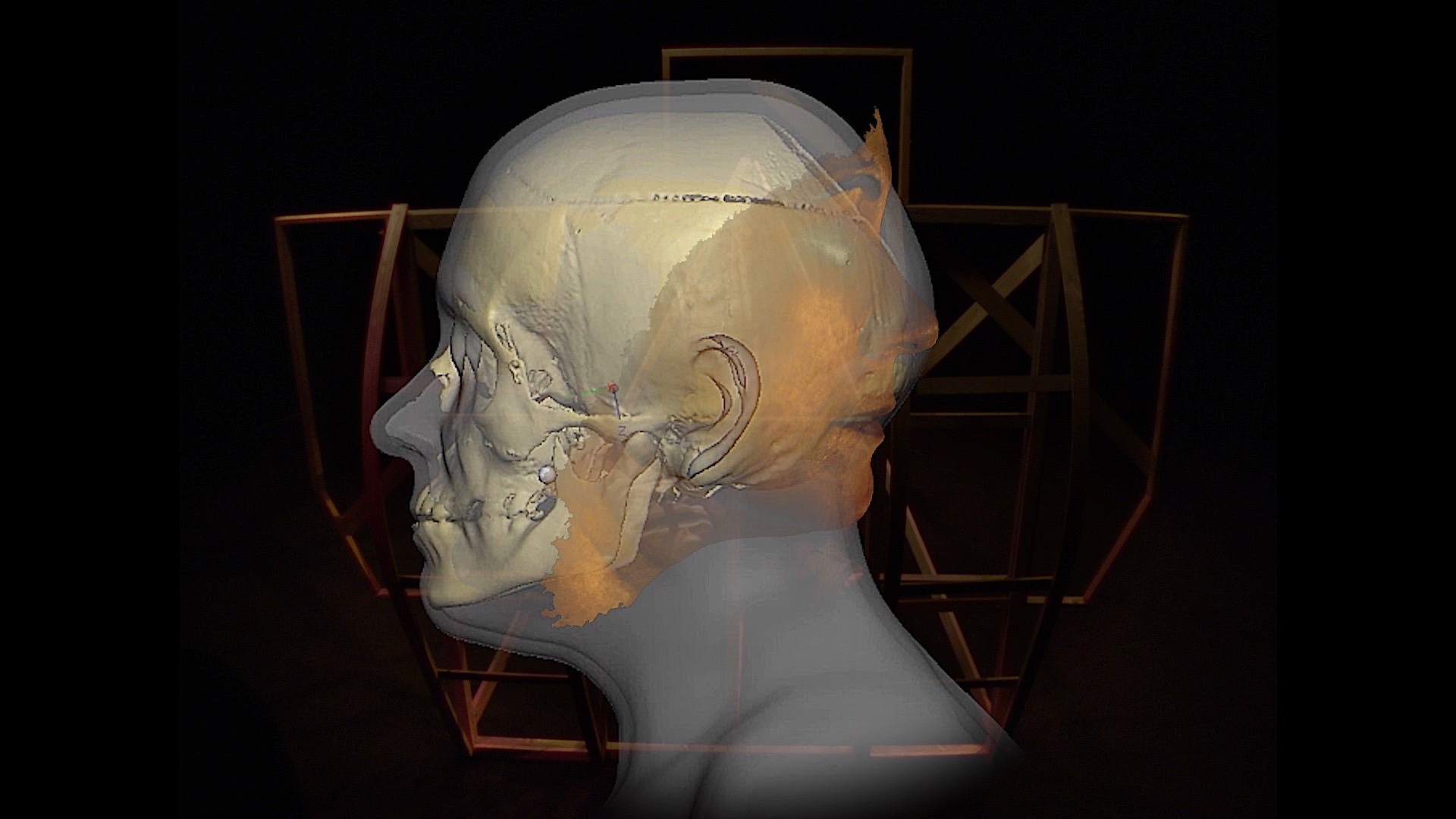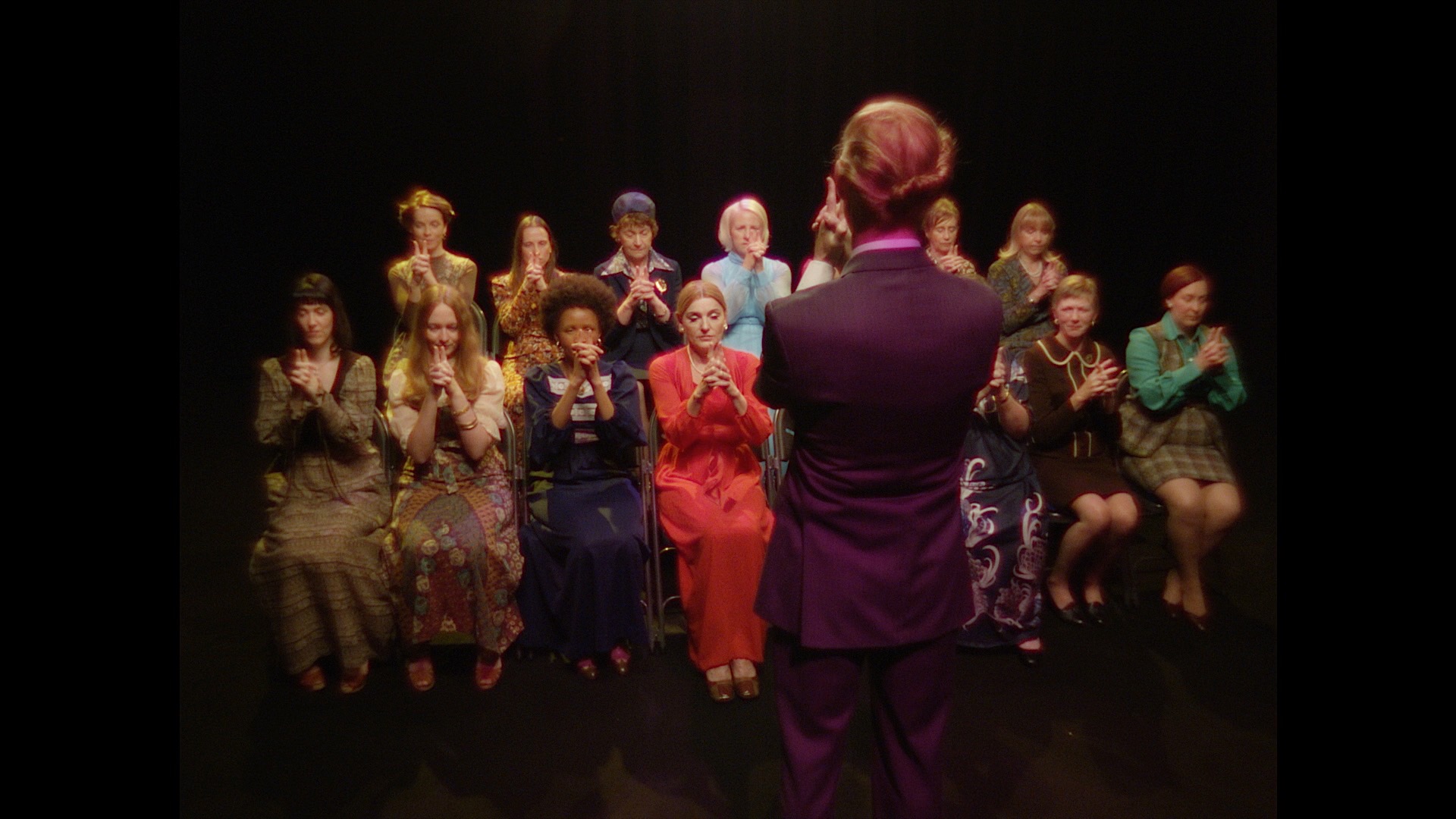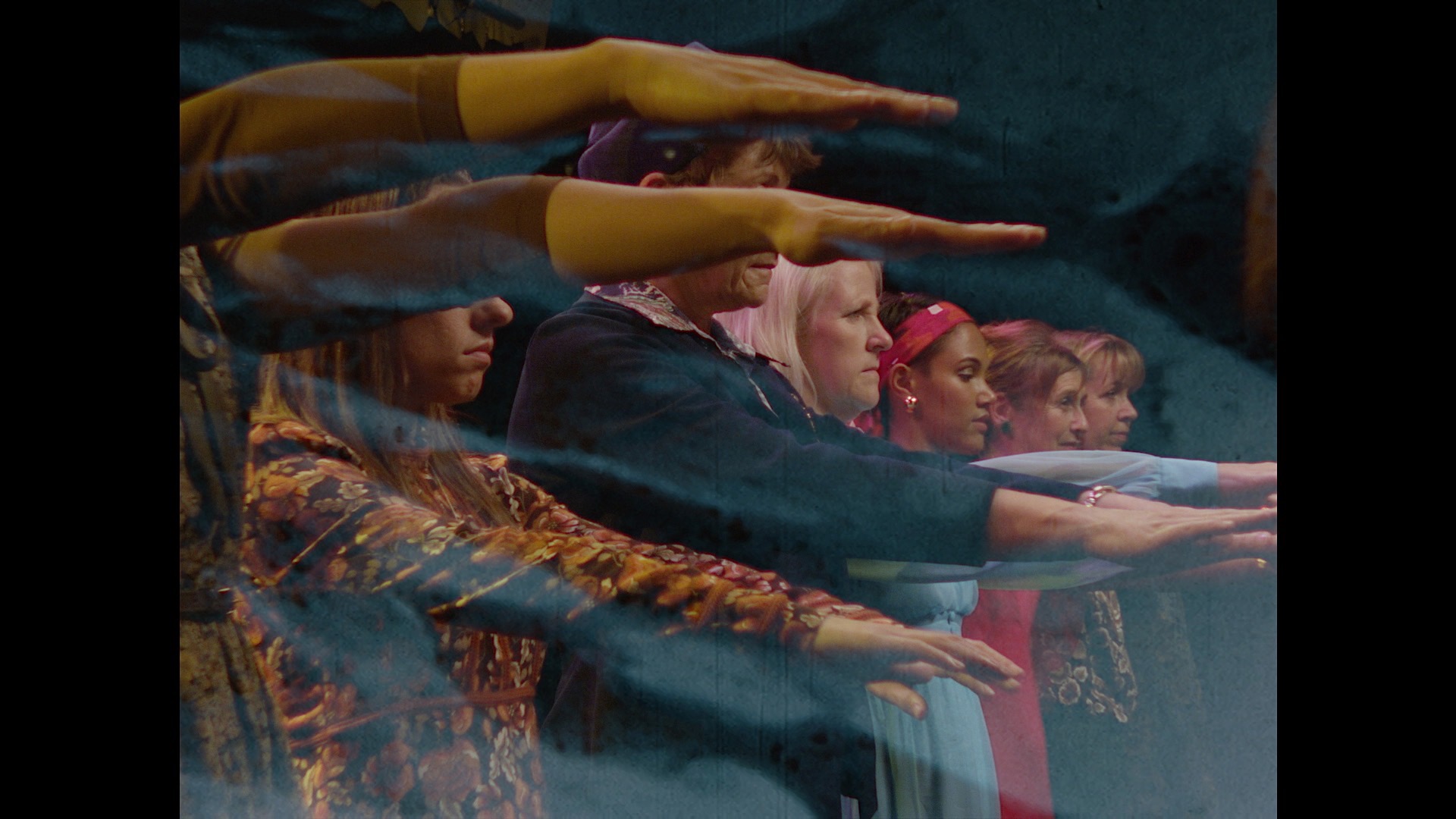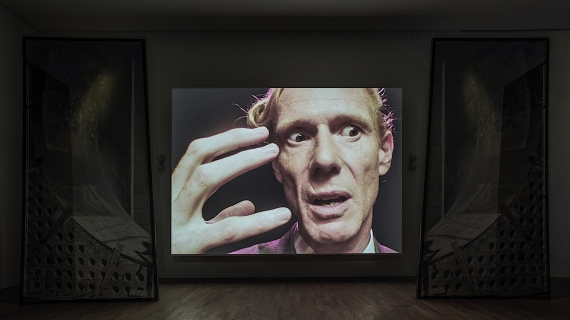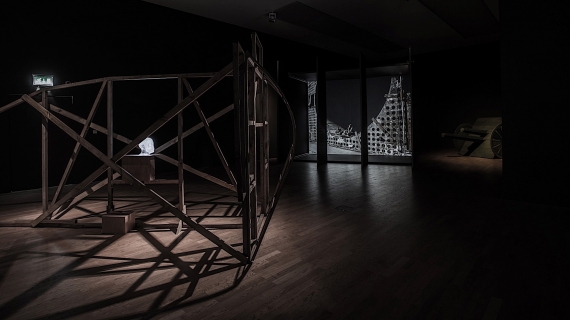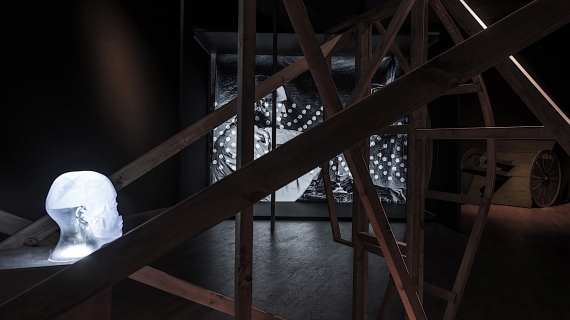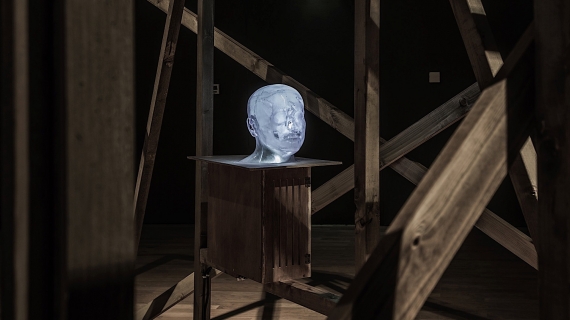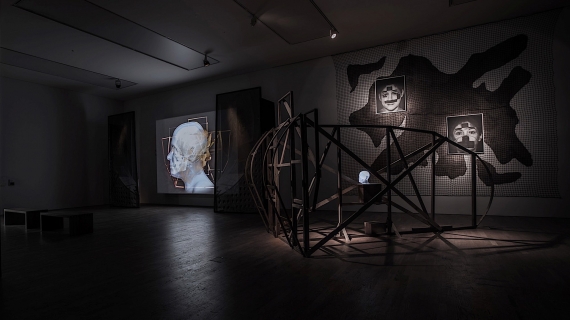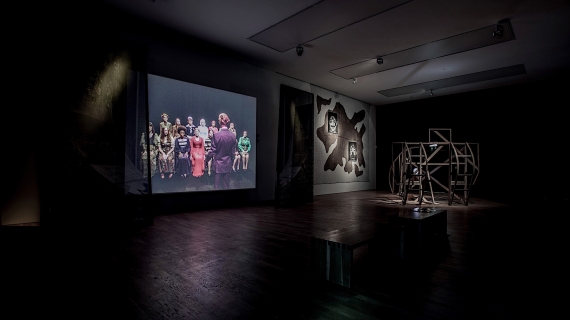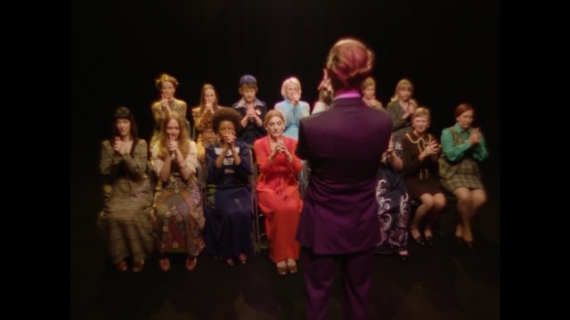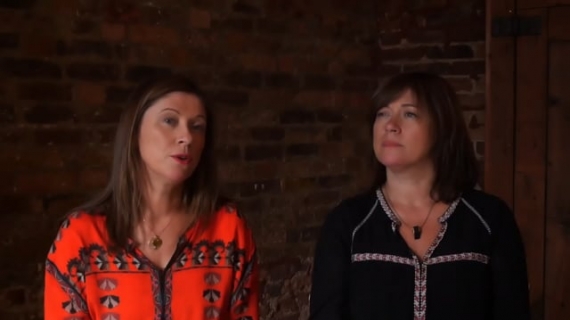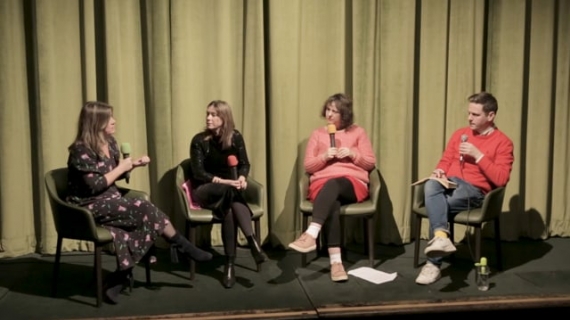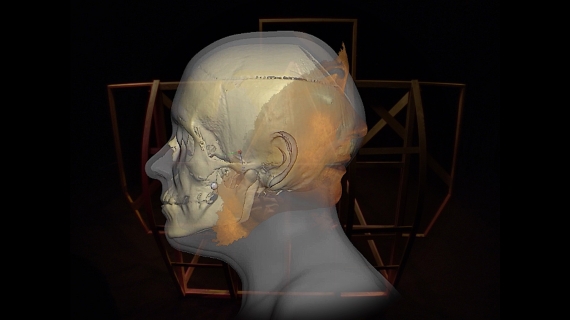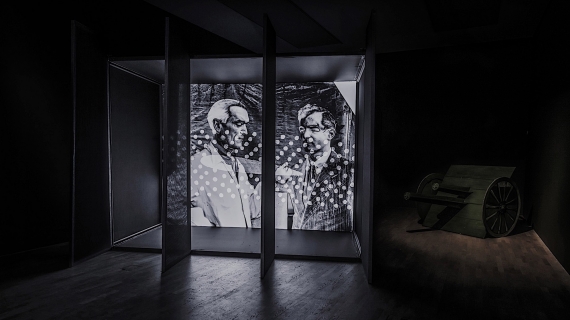
Jane & Louise Wilson’s We Put the World Before You takes its title from a signature motto of the early film pioneer, Charles Urban. Part scientist-educator, part showman-entertainer, Urban combined a passion for microphotography with a fervent hope that the magnifying potential of cinema would open the eyes of the public to the unseen wonders of nature. The start of the twentieth century had seen unprecedented innovations in optical and imaging technologies – advances that were often shadowed by equally rapid developments in the machinery of war. Where Urban invoked the spirit of enlightenment to help make the hitherto invisible visible, more malevolent forces would soon make what was previously unimaginable all-too-real and palpable.
Some of the most conspicuous and lasting scars of the First World War were to be found on the faces of returning combatants. A new and horrific spate of injuries (caused by impact of shellfire in the trenches) would mark their victims for life, and generate ambivalent feelings of pity and revulsion in those who saw them. Yet these wounds did, in turn, expedite new forms of treatment, whose successive innovations would eventually give rise to what we now call plastic surgery. The Wilsons’ film incorporates sensitively-handled archive footage of some of these disfigured faces, as well as allusions to other significant phenomena of the time, such as the vogue for hypnosis and associated forms of suggestion/projection, sometimes resorted to by mothers, wives or girlfriends of servicemen who were missing at the front.
